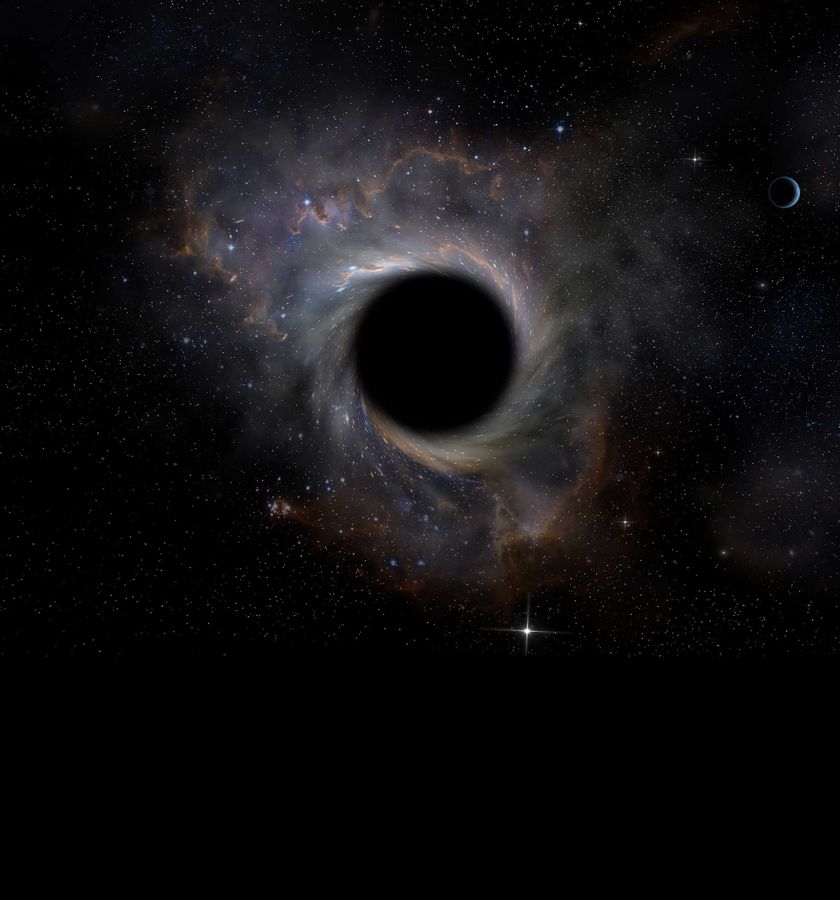
'Milky Way has a twin': JWST finds fully formed galaxy 1 billion years after Big Bang
Produced by: Mohsin Shaikh


Cosmic twin
Zhúlóng, a spiral galaxy spotted by JWST, mirrors the Milky Way—despite forming just 1 billion years after the Big Bang.

Ancient spiral
Complete with sweeping arms and a dense star bulge, Zhúlóng’s structure defies what we expect from galaxies in the early universe.
Representative pic

Size shock
At 60,000 light-years across and weighing 100 billion solar masses, Zhúlóng rivals modern galaxies in scale and complexity.
Representative pic

Fast forward
Galaxies were thought to evolve slowly, but Zhúlóng’s rapid development throws cosmic timelines into question.
Representative pic

Model mismatch
The discovery challenges the dominant Lambda-CDM model, which assumes galaxies form over billions of years via mergers.
Representative pic
Theory tension
Researchers now wonder if existing models are incomplete—or if early galaxies grew via unknown mechanisms like rapid gas cooling.
Representative pic

Element clue
Future tests will measure Zhúlóng’s metallicity, revealing how many star generations have lived and died within its disk.

Black hole?
Astronomers will also look for a central black hole, which could explain the galaxy’s unexpected structural maturity.

Rethink time
Zhúlóng isn’t just a discovery—it’s a cosmic curveball forcing scientists to rewrite how galaxies grow in the early universe.